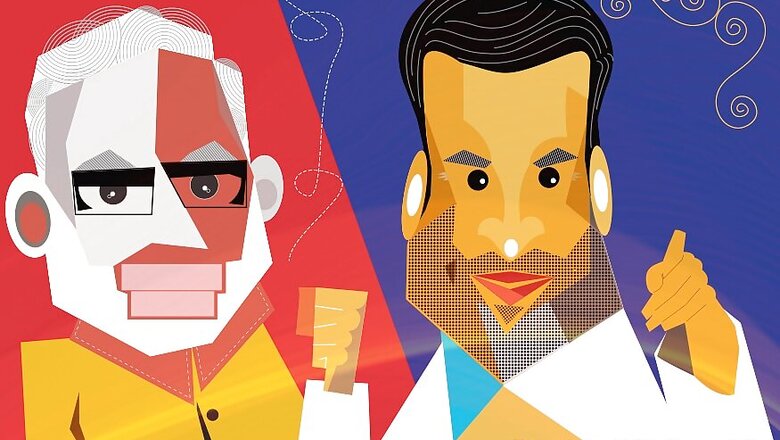
views
New Delhi: As Prime Minister Narendra Modi addressed rallies across Karnataka on ‘May Day’, the portend of a leadership battle at multiple levels seemed to clearly emerge. In his rallies, Prime Minister Narendra Modi launched a frontal attack on Congress President Rahul Gandhi, positioning the Karnataka contest as a leadership choice between the two of them.
In a comment laced with strong sarcasm, he referred to Rahul as representing the ‘high and mighty’ and he himself representing the ‘ordinary people’. Mindful of the fact that the election rally was for a state Assembly election, he also took on Chief Minister Siddaramaiah referring to him as 2+1 ( the CM is contesting from two seats and his son from one) and many Congress ministers as 1+1 (indicating the presence of dynasty politics).
The Prime Minister went on to add that the Kannada language was not a barrier between the people and him. All the three points raised by PM Modi are a clear indication of what the BJP leadership believes will work in Karnataka to turn the tide in their favour.
While the BJP would love the Karnataka campaign to be a Modi vs Rahul campaign, its relevance for a state election needs to be assessed. The recent Jain University-Lokniti poll also indicated that in terms of leadership reference, Modi was fifteen percentage points ahead of Rahul. Yet, there is an important difference. While Modi is clearly the nucleus of the BJP campaign in the state, Rahul is not the central focus for the Congress.
The Congress would like the leadership contest to be one between Siddaramaiah and Yeddyurappa, the visible chief ministerial choices of the two parties. It is for this reason that even in the Rahul Gandhi rallies, the principal speaker continues to be Siddaramaiah and now in the PM’s rallies the CM candidate is not going to the present (though he was present for the first rally). The formal reason that is being cited is the need for them the spread across the state and launch their campaigns simultaneously. Many would believe that the ‘real’ reason is to prevent any embarrassment to the PM having to share the stage with their CM nominee and blunting his attack on the current Congress government in the state on the perceived grounds of inefficiency and corruption.
The Congress is clearly making the battle in Karnataka as a contest rooted in local specificities. Such a focus, the Congress believes gives them the advantage. Siddaramaiah has lost no occasion to reiterate the point that the Congress campaign is locally driven and led. He has taken the battle into the BJP court by claiming that the central leadership of the BJP has consistently and consciously sidelined their CM candidate.
Raising the issue of Kannadiga pride, Siddaramaiah has even projected this as an insult to Kannadigas by ‘outsiders’! The recent rebellion on Yeddyurappa’s son being denied the ticket to contest, the re-entry of the Reddy brothers and the claim of the BJP CM candidate that their presence was important to win at least 15-20 seats, the clear effort of the central leadership to distance themselves from the Reddy brothers and finally, the absence of Yeddyurappa during the PM’s campaign (save in the first rally) all indicate the ‘local’ being pushed to the ‘back-burner’ by the BJP. This election will indicate which of these two leadership strategies would be seen as being more effective by the people of the state.
For PM Modi’s attack on the state government and its leadership to be effective, the BJP strategists have realised that it needs to focus clearly on the CM and the role the dynastic politics in the Congress. By directly attacking Siddaramaiah for contesting from two seats, the BJP is clearly targeting a decision of the CM which is very difficult to defend.
While the Congress has tried to argue that PM Modi himself contested from two seats and justified the CM contesting from both the northern and southern parts of Karnataka, it does not seem to cut much ice. Secondly, Modi’s attack on the distribution of tickets to the family members of Congress ministers needs to be seen in the specific context of the BJP having denied Yeddyurappa’s son a ticket. Yet, the BJP list does include relatives of prominent leaders and the fact that several close aides and family members of the Reddy brothers are in the electoral contest would, to some extent, blunt the attack on the Congress.
The Kannadiga factor and Kannada language appears to be emerging as an important factor in this election. It must be conceded that this is the first State Assembly battle, south of the Vindhyas that the PM is seeking to win for the BJP. In the north and west of India, communicating in Hindi and emotionally connecting with the audience was much easier.
Karnataka would be a test case of whether emotions override translation or get undermined by it. The Congress is keen to make it a major election plank and this required Modi to actually raise it in his rallies. One is likely to see this factor play out more visibly and possibly more acerbically in the remaining 10 days of the campaign. An exciting time with every day bringing a new twist and unexpected turn in the course of events.
(Author is Pro VC, Jain University and National Coordinator, Lokniti Network. Views are personal)











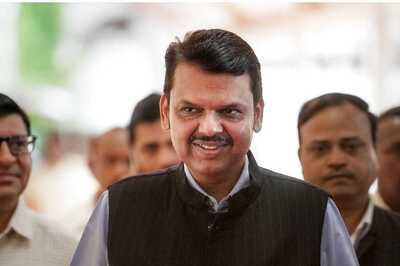

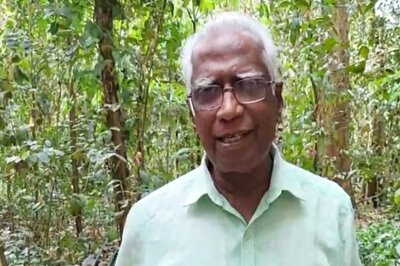

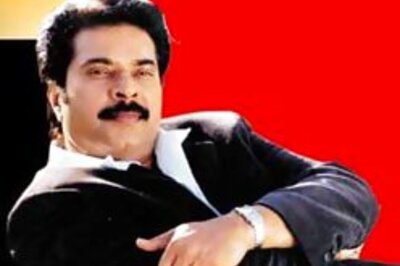


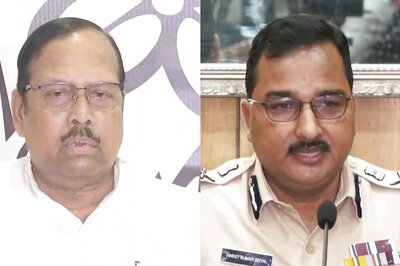
Comments
0 comment